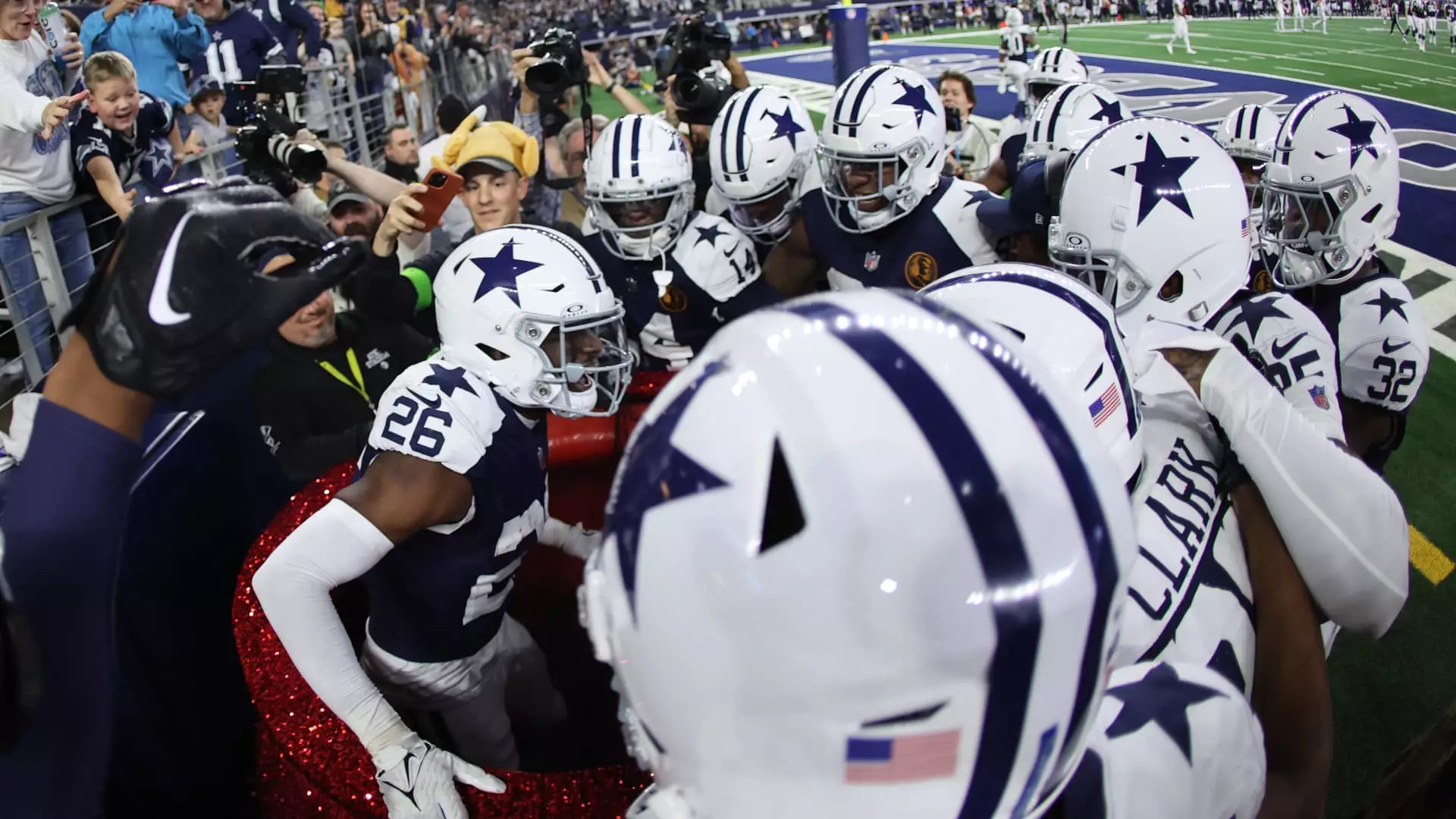When Jerry Jones purchased the Dallas Cowboys in 1989, the team was facing financial struggles, with losses amounting to $1 million every month. However, Jones wasted no time in implementing changes to turn the team’s fortunes around. Over the past thirty-five years, his strategic decisions and innovative approaches have transformed the Cowboys into a powerhouse franchise valued at a staggering $11 billion – making them the most valuable team in the National Football League.
Strategic Moves that Redefined NFL Ownership
Jones’ bold and calculated moves have set new standards for league ownership and have proven to be extremely lucrative. Immediately upon taking ownership, Jones made the controversial decision to part ways with legendary coach Tom Landry and brought in Jimmy Johnson, his former college football teammate, to lead the team. In a pivotal move, Jones traded Herschel Walker, the team’s star player, for multiple players and draft picks that would ultimately contribute to the Cowboys’ success, including future Hall of Famers Emmitt Smith and Darren Woodson. By 1992, the Cowboys had clinched the Super Bowl, marking the beginning of a successful era under Jones’ leadership.
Beyond the field, Jones quickly recognized the potential for generating revenue through sponsorship deals. While traditional sponsorship revenues were evenly distributed among NFL teams, Jones took a different approach and secured exclusive stadium sponsorship deals, starting with Texas Stadium in 1995. By partnering with brands like American Express, Pepsi, and Nike, Jones maximized revenue opportunities in ways that had not been previously explored. Today, the Cowboys boast an impressive $250 million in sponsorship revenue, far surpassing other teams in the league.
In 2009, the Cowboys moved into their state-of-the-art stadium, which was later renamed AT&T Stadium as part of a lucrative long-term deal. Jones’ shrewd business acumen further extended to securing a $200 million contract extension with Molson Coors in 2021. While the city of Arlington technically owns AT&T Stadium, Jones holds operating rights, granting him full control over event revenues. This unique arrangement allows Jones to profit from the stadium’s busy event calendar, which includes a diverse range of activities beyond football.
Despite the Cowboys’ prolonged absence from the Super Bowl, Jones’ strategic approach to revenue generation has positioned the team as a perennial powerhouse in the NFL. Criticism aside, Jones’ economic blueprint for the Cowboys has resulted in a remarkable 73-fold increase in the team’s value since his initial purchase. Comparatively, the S&P 500 has only seen an 18-fold increase during the same period. With full control over revenue streams and a solid financial foundation, the Dallas Cowboys continue to thrive under the innovative leadership of Jerry Jones.
Jerry Jones’ visionary approach to ownership and business management has not only transformed the Dallas Cowboys into a financial juggernaut but has also set a precedent for sustainable success in professional sports. Through strategic decision-making, innovative revenue generation strategies, and long-term vision, Jones has solidified the Cowboys’ status as a flagship franchise in the NFL. As the team continues to evolve and adapt to changing market dynamics, Jerry Jones’ enduring legacy as a pioneering owner will undoubtedly shape the future of the Dallas Cowboys for years to come.

